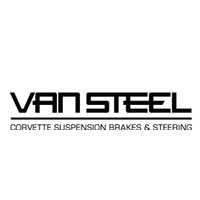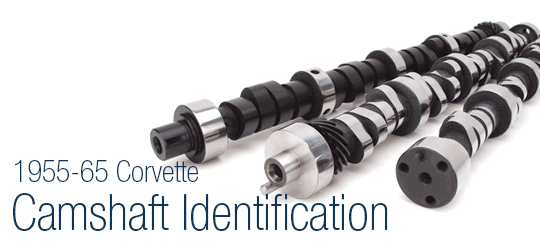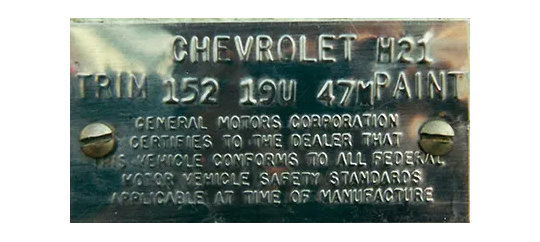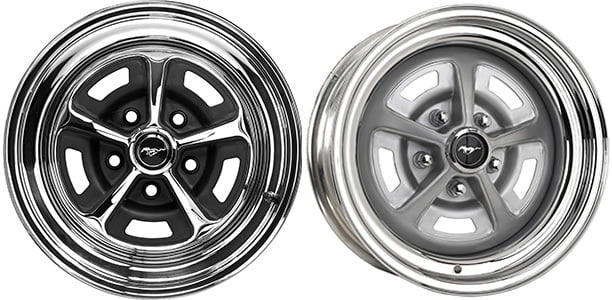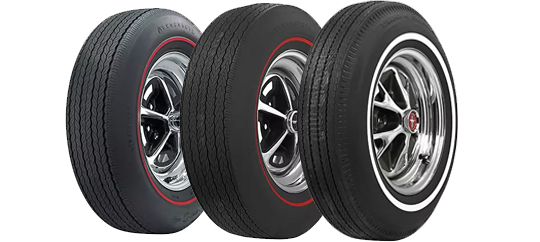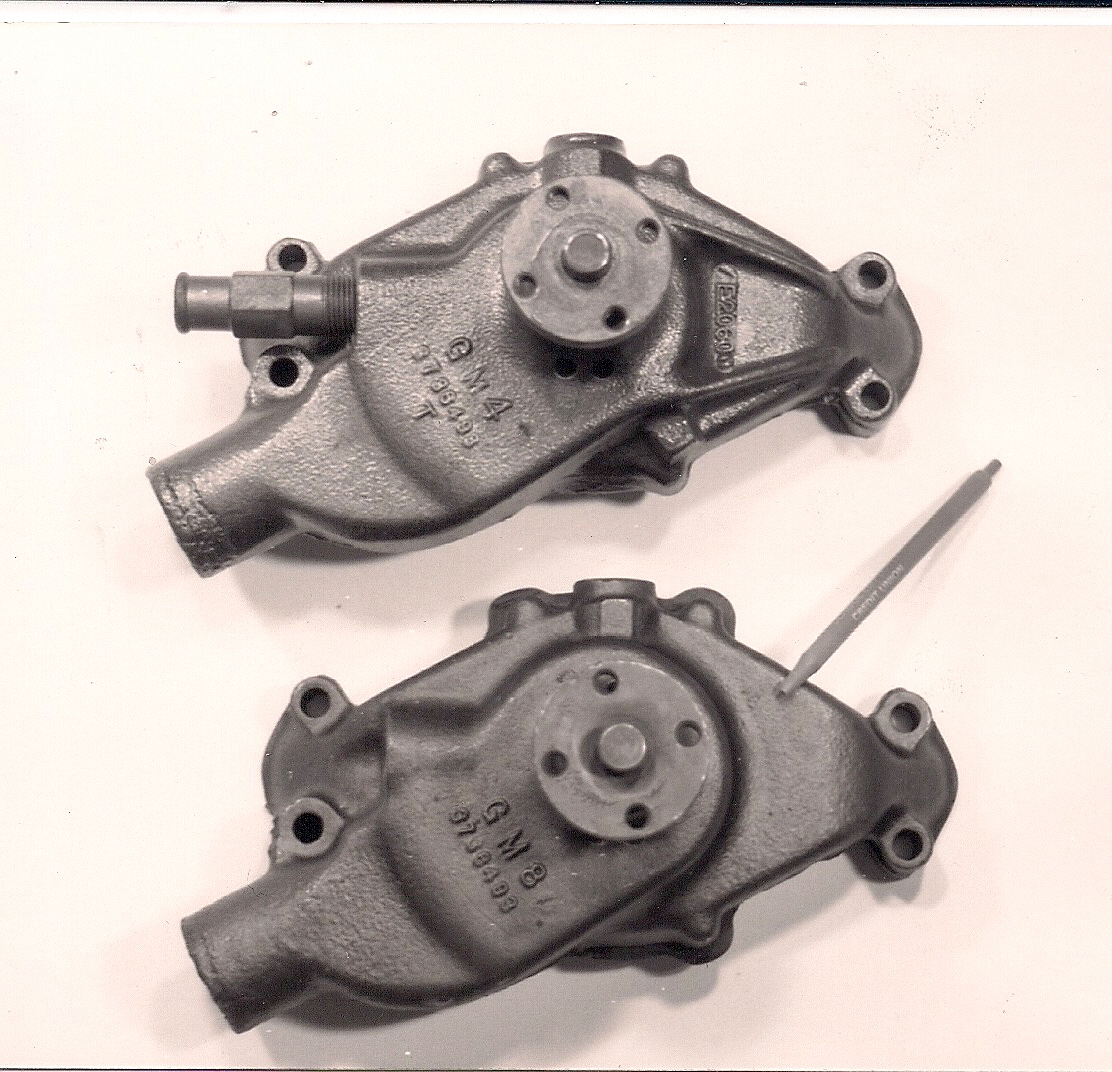Rear Lowering Springs & Shocks
- May 8, 2015
Installing rear shocks and lowering springs
Time: Approximately 2 hours
Tools: standard socket set, standard wrenches, floor jack and jackstands
Cost: $200-$250
Tinware: one pair of rear lowering springs, one pair of matching shock absorbers
Tip: When working underneath a car supported by jackstands, always do so on a flat level surface. Chock the remaining wheels on the ground for added safety.
Performance gains: a more positive, responsive rear suspension with improved handling and a smoother ride.

With the car securely supported on jackstands, remove the lower shock absorber nut and mounting stud.

As you can see, the old springs and shocks were long overdue for replacement. The Gabriel Hi-Jackers (the rear shock of choice throughout the seventies) were completely collapsed and offered zero support in dampening the rear-end travel. We decided on a pair of KYB GR-2 gas shocks to fix the problem.

By removing the shock absorber and allowing the axle tube to drop, you should have plenty of room to place the new spring into position by hand. (Note the rubber insulator at the top of the spring).

When reinstalling the shocks, start at the top and loosely secure the nuts to allow for any angle adjustment on the bottom.
Note: As a companion piece to this story, please see our Front Lowering Springs article: http://blog.rickscamaros.com/front-lowering-springs-shocks/
This article applies to cars equipped with rear coil springs, not leaf springs set-ups. Obviously, you don’t have to lower your car, we just happen to prefer the lower-than-stock ride height on this project ’69 Chevelle. This article will also work with stock replacement springs.
The rear suspension design on any older, coil spring car is about as basic as it can get. It consists of 2 upper and 2 lower control arms, a pair of coil springs, and a couple of shock absorbers. The rear springs are located between brackets on the axle tube and the spring seats in the frame. Sitting in a saucer-type seat, the springs are held in place merely by the weight of the car. The rear shocks, which also aid in spring retention, are mounted at a slight angle between the spring seat (top), and the axle housing (bottom). Depending on the year of the vehicle, the shock absorbers are either both mounted behind the axle housing (pre 1968), or in a staggered configuration (1968 and up). The reason for this is to cut down on excess wheel hop and further improve the car’s rear end traction.
Chances are, if you own and actually drive one of these cars on a somewhat regular basis, you know full well what a 45+ year-old stock suspension feels and handles like. Although the longevity and sheer toughness of this cave man-like design is impressive, let’s just say it leaves a little to be desired. Years and years of speed bumps, potholes, and not so delicate cargo have taken a hammering toll on your rear springs and shock absorbers. The rear suspension is constantly abused and more often than not, neglected. It’s not uncommon to see a 40 year-old car still rolling and retaining its original components. As we all know, this can be downright scary at times. Sometimes you see these cars bouncing down the road, even when there are no apparent dips or bumps in the asphalt!
In any high performance car, whether it’s for the street or the strip, the suspension plays a prominent role in determining the car’s physical capabilities. For example, a car set up for drag racing is designed to take the initial and sudden weight transfer from the front, plant the rear end and the tires, and steer the car down the track in a rigid straight line. On the other hand, a canyon-carving street car is designed to do the exact opposite. It relies heavily on tuned suspension systems for extreme side-to-side cornering, braking, and acceleration. No matter what your application may be, it’s always important to lay down a solid foundation.
Starting with the basics, we will swap out the old dilapidated springs and now useless shocks, and replace them with a new set of lowering springs and gas shocks. First off, get the rear of the car up in the air and secured safely on a pair of jackstands. Place the floor jack underneath the axle for support and disconnect the shock absorbers (lower first, then upper). With the shock removed, slowly lower the jack and allow the axle to drop. By releasing the load, the rear springs should be free of all tension. Carefully pry the lower end of the spring over the retainer and remove. However, if the springs are still loaded after lowering the axle, a spring compressor should be used to safely remove them from their seats.
When installing new springs, either stock or lowered, don’t be fooled by the height of the new springs versus your old ones. The true difference lies in the spring rate. It’s impossible to tell how the car will sit with any pair of coil springs simply by looking at them. If they truly appear to be suspect, call the manufacturer and double check the part number before scuffing them up and installing them.
Most cars came equipped from the factory with rear spring insulation pads. These small rubber pads are installed between the top of the spring and its upper retainer to avoid any rubbing or excess noise. The new springs may take a little extra muscle to place, but should basically go back in the same way they came out. Make sure the entire diameter of the bottom coil is fully seated in its groove.
The new shocks are now ready to be installed. Starting at the top mounting location, secure (hand tight) the upper end of the absorber to the spring seat (2 bolts). Again utilizing the floor jack, support and raise the axle to meet the lower mounting stud of the shock absorber and loosely install the nut. Return to the top and tighten, then tighten the lower.
With the car back on the ground, forcefully bounce the rear end and check for any signs of leakage or geometry problems. New springs need time to settle in place and find their home in the seats. So hit the road, and enjoy the ride!


































